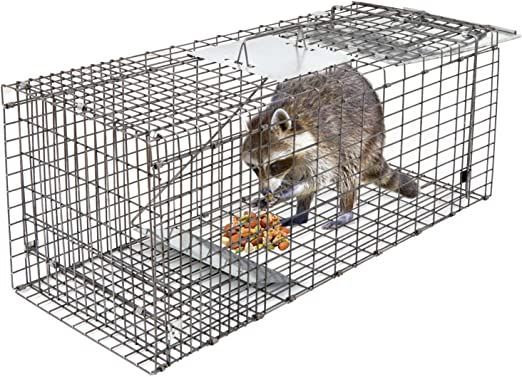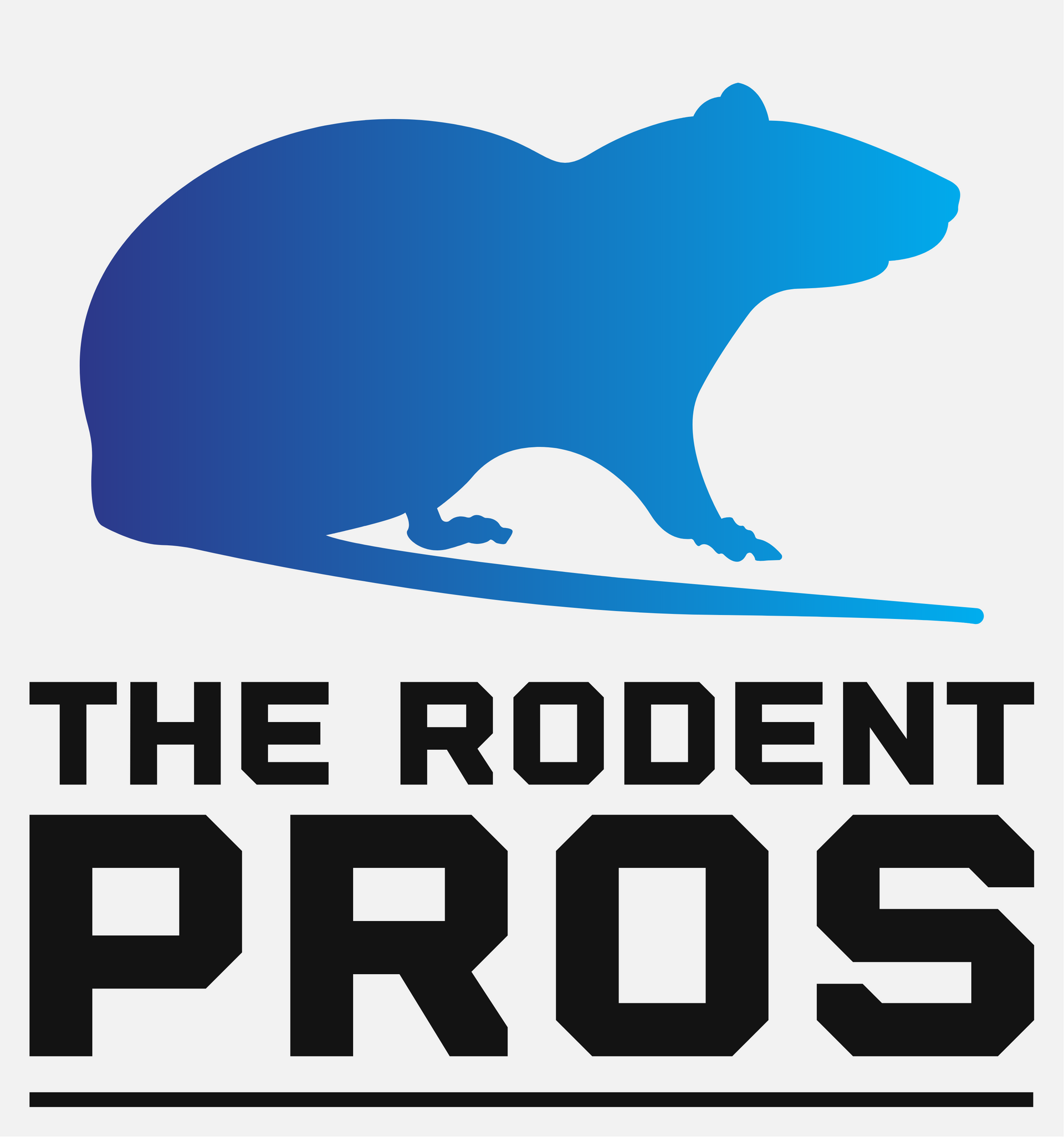
How To Remove Raccoons From Attic
Removing a raccoon from your attic involves careful planning and execution to ensure the safety of both the animal and your home. Here’s a step-by-step guide on how to humanely and effectively remove a raccoon from your attic:
Step-by-Step Guide to Remove a Raccoon from Your Attic
1. Identify Raccoon Presence
Signs of Raccoons:
- Noise: Loud thumping, scratching, or chattering noises, especially at night.
- Droppings: Large, dark, tubular droppings.
- Damage: Chewed wires, insulation, or structural damage.
- Tracks: Muddy paw prints near entry points.
2. Locate Entry Points
Inspection:
- Inspect the exterior of your home, especially the roof, eaves, soffits, and vents, to identify how the raccoon is entering the attic. Look for damaged shingles, holes, or loose vents.
3. **Create a Plan and Prepare
Plan:
- Develop a plan to exclude the raccoon safely. Ensure you’re aware of any local wildlife regulations and laws.
Materials Needed:
- One-way exclusion devices
- Bright lights
- Loud radios
- Ammonia-soaked rags or other raccoon repellents
- Heavy-duty gloves
- Hardware cloth, steel mesh, or sturdy materials to seal entry points
4. Encourage the Raccoon to Leave
Lights and Noise:
- Place bright lights and loud radios in the attic. Raccoons prefer dark, quiet spaces, so the disruption may encourage them to leave.
Repellents:
- Place ammonia-soaked rags or commercial raccoon repellents near the nesting area. The strong smell may drive them away.
Monitor Activity:
- Monitor the attic to check if the raccoon has left. You may need to leave the deterrents in place for a few days.
5. Install a One-Way Exclusion Device
Exclusion Device:
- Install a one-way exclusion device at the main entry point. This device allows the raccoon to exit but prevents re-entry. Common devices include raccoon eviction fluid (a strong repellent), one-way doors, or funnels made from hardware cloth.
Verify Exit:
- Observe the exclusion device at night to ensure the raccoon uses it to leave.
6. Seal Entry Points
Final Sealing:
- Once you’re sure the raccoon has left, permanently seal all entry points with sturdy materials such as hardware cloth, steel mesh, or heavy-duty caulk. Ensure there are no weak spots where raccoons can re-enter.
7. Clean and Decontaminate
Protective Gear:
- Wear gloves, a mask, and eye protection to clean the attic.
Cleaning:
- Remove all raccoon droppings, nesting materials, and any contaminated insulation. Use a disinfectant to clean surfaces and eliminate odors.
Disinfection:
- Disinfect the attic with a bleach solution (one part bleach to nine parts water) to kill any pathogens and reduce the risk of disease.
8. Prevent Future Infestations
Regular Inspections:
- Conduct regular inspections of your home’s exterior to ensure all potential entry points remain sealed.
Trim Vegetation:
- Trim tree branches and remove any debris or firewood piles near your home to reduce access points and hiding places.
Secure Food Sources:
- Ensure garbage cans are sealed and avoid leaving pet food or birdseed outside overnight.
9. Professional Help
Hire a Professional:
- If you’re unsure about the process or dealing with a large infestation, consider hiring a licensed wildlife control professional. They have the expertise and tools to handle the situation humanely and effectively.
Safety Precautions
Avoid Direct Contact:
- Never attempt to handle a raccoon directly. They can be aggressive and may carry diseases like rabies.
Check for Babies:
- If it’s breeding season (usually spring and summer), check for baby raccoons. If babies are present, they will need to be removed along with the mother.
By following these steps, you can remove raccoons from your attic humanely and prevent future infestations, ensuring the safety and integrity of your home.
600 Cleveland Street
suite 374

